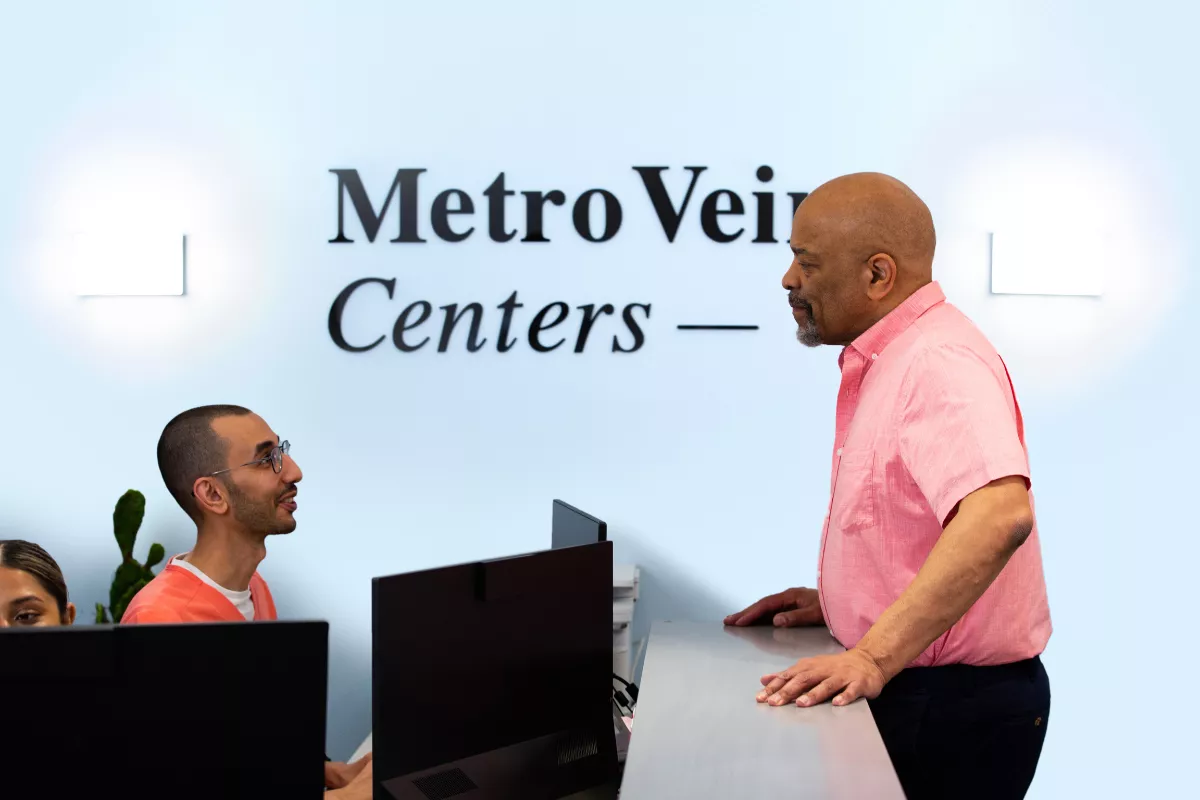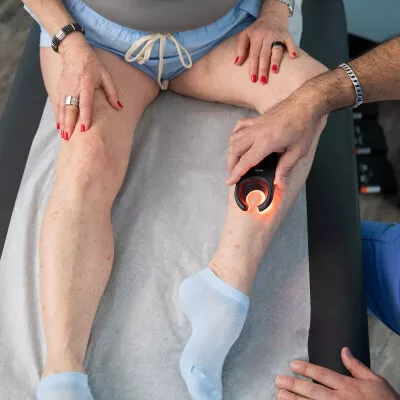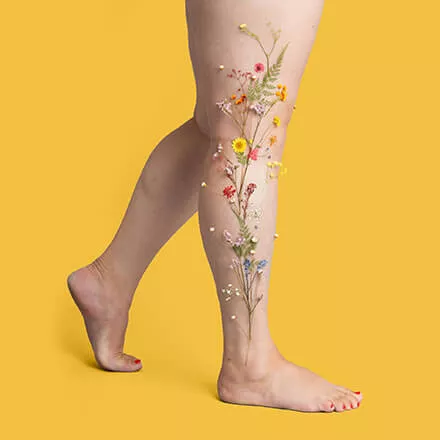When it comes to exercise and varicose veins, what's beneficial and what's harmful? Is all exercise the same? And can varicose veins disappear with exercise?
Exercise and Varicose Veins
With exercise and varicose veins, there's a lot of information circulating that can be confusing. Is walking good for varicose veins? Is running bad for varicose veins? Can varicose veins disappear if you exercise? Or does exercise make varicose veins even worse? We're here to answer your questions about varicose veins and exercise.
Does exercise help varicose veins?
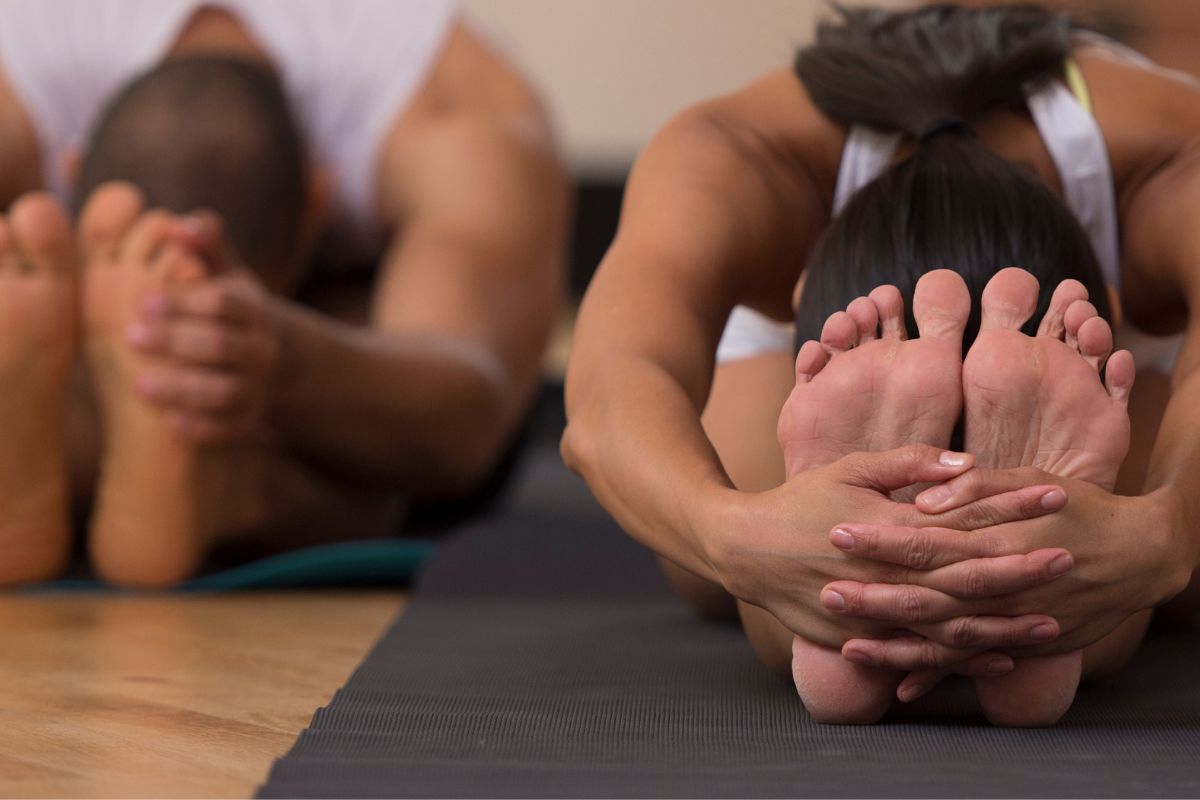
Exercise in most forms is good for you, and the same is true even if you have varicose veins. Keep in mind that varicose vein prognoses can vary greatly when it comes to each specific patient. Veins can range from being barely visible to the naked eye and painless, to bulging and painful, or invisible and life-threatening. Because varicose veins can be in many different stages, it's impossible to say what will work best for one person or another.
That said, exercise that gets you moving without outright straining your veins (such as heavy weightlifting that taxes your body) is generally great for alleviating symptoms caused by varicose veins.
Can Exercise Cause Varicose Veins?
While exercise and varicose veins are indeed related, there is actually no scientific evidence stating that exercise causes varicose veins. In fact, most exercise helps prevent varicose veins from getting worse due to the link between an active lifestyle and overall vein health.
What does cause varicose veins? A number of factors, including:
· Genetics
· Gender
· Age
· Multiple pregnancies
· Excess weight
· Sitting or standing for hours every day
Now, can exercise cause your veins to strain and temporarily become more visible? Yes, because your veins are pumping blood with more intensity when you're exercising and out of breath. But this does not mean that activities such as weight lifting cause varicose veins. Working out triggers temporary muscle growth, which is basically your muscles swelling short term. This in turn causes your veins to be pushed to the more visible surface of your skin, giving an appearance of bulging veins. These are not varicose veins, however, as this is temporary and a direct result of intense exercise.
If you're worried, take a look at your veins before any exercise, including running, swimming, weightlifting, etc. Look specifically at your thighs, calves, and the areas behind your knees. If you're not sure or seem to have bulging varicose veins at all times, make an initial appointment at one of our vein centers and have a vein specialist look at your specific case.
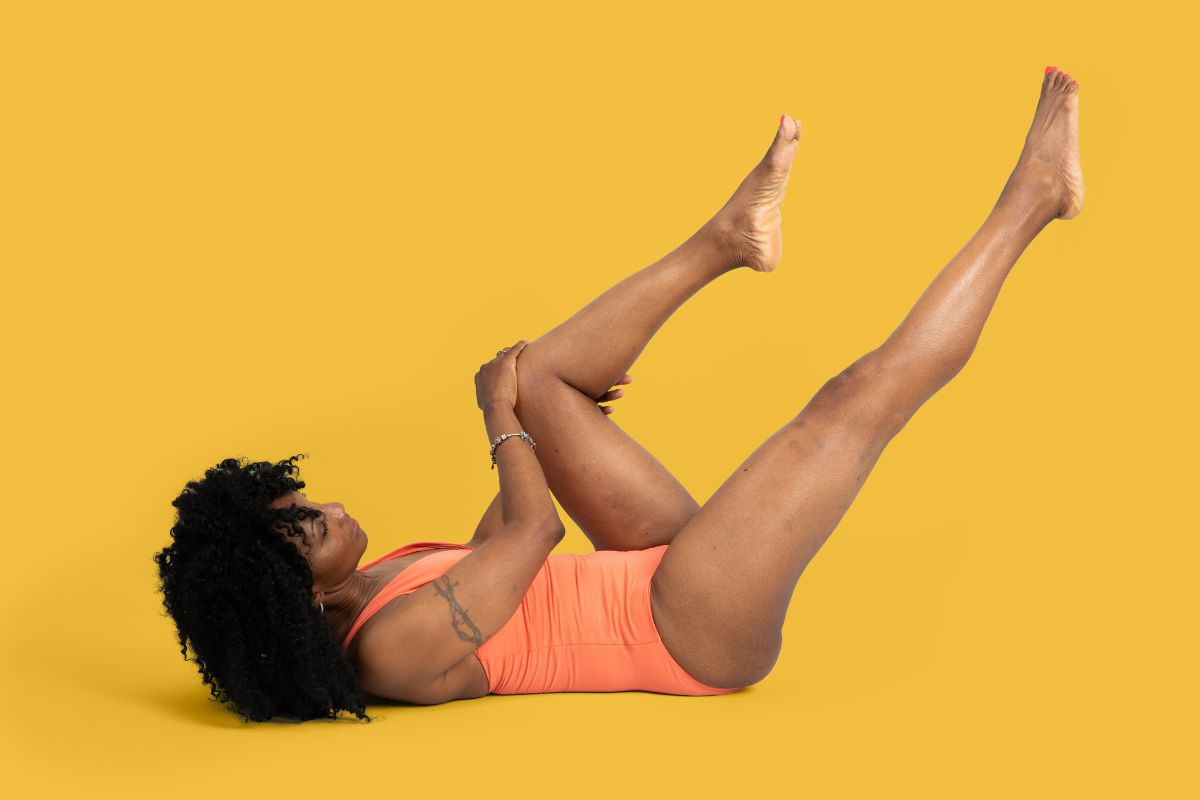
Can Varicose Veins Disappear with Exercise?
In short, no: varicose veins will not simply "disappear." In some cases, you can lessen the appearance of varicose veins with exercise, and even mitigate the development of varicose veins in the future. But varicose veins cannot disappear with exercise, massages, creams, or diet. The only way to get rid of varicose veins permanently is with targeted varicose vein treatment from a vein specialist. If left untreated, varicose veins will continue to worsen, and can often cause pain, hinder exercise, or even be dangerous to your health.
The treatments here at Metro Vein Centers are all minimally invasive, ranging from laser procedures to radiofrequency, sclerotherapy, and everything in between. Recovery is quick, and there is typically no scarring. You'll be able to walk right out of the office following your treatment, and the pain relief you'll feel can be immediate.

The Best Exercises for Varicose Veins
While your varicose veins can't disappear with exercise, you can do your body (and veins) a lot of good with consistent exercise. Exercising will also help you feel better physically and mentally while also alleviating stress on your veins. The movement will increase circulation that contributes to healthy veins. Aim for exercising five times a week, even if it's walking to work, strolling during your lunch break, or walking on the treadmill.
Exercises for varicose veins we recommend include:
· Walking: Walking is low-impact on joints, great for blood flow, and excellent for building up or maintaining leg muscles. Aim for 30 minutes a day, most days of the week.
· Swimming: Another great low-impact exercise is swimming. Go for a variety of strokes utilizing your arms and legs (not just kicking on a board), and you'll be helping your legs, your heart, and blood flow. Even 20 minutes a day of swimming is extremely beneficial, and can often help ease vein pain.
· Yoga: Low impact and great for beginners, you'll be able to work on leg strength, stretching, and more without stressing your body out.
· Cycling: Riding on your bicycle is a great way to get outside and get exercise without putting a lot of strain on your body. It's a fun alternative to walking, and will benefit your vein health in the long run by keeping your blood pumping strong.
How Does Exercise Help Varicose Veins?
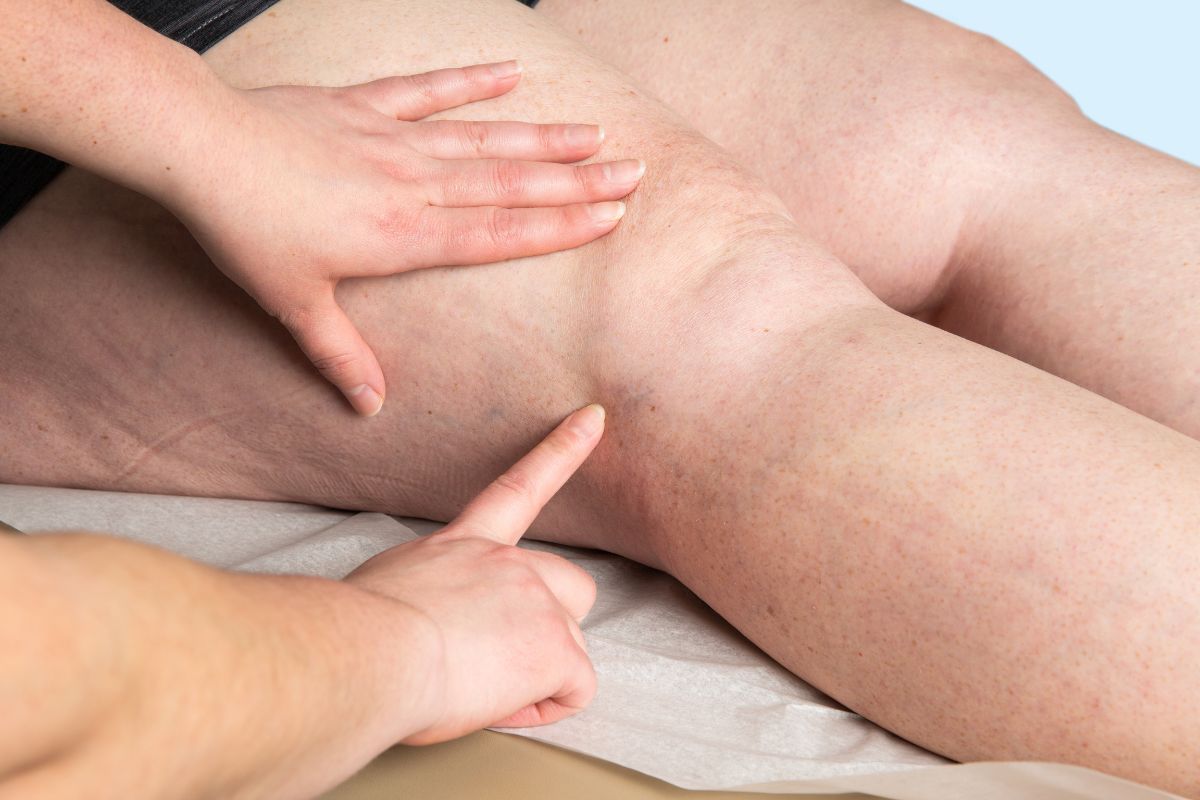
Indeed, physical activity helps your overall vein health by improving circulation, heart strength, and leg muscles. Even if you already have the beginning stages of varicose veins, low-impact activities can alleviate pain and pressure in your legs. For some, jogging is also a great exercise for varicose veins since building up leg muscles is beneficial for leg vein health.
Certain exercises may not help with varicose veins if they put specific strain on the parts of your body prone to varicose veins, such as the calves. If you already have painful varicose veins in your legs, you may want to avoid outright sprinting on hard surfaces, heavy weightlifting repetitions, moving heavy equipment, or otherwise straining your lower leg muscles.

Will My Varicose Veins Go Away?
So, will varicose veins disappear with exercise? No--but exercise will help minimize discomfort. Only professional treatment with a vein specialist will allow veins to be minimized or disappear completely. Treatments work by permanently closing off unhealthy veins that are not working properly and rerouting blood flow to neighboring veins that are not visible. While there are lots of unfounded claims of creams, oils, and temporary fixes to varicose and spider veins, medical treatment is the only permanent solution.
You'll want to see a board-certified vein expert for a thorough examination. At your initial appointment, we'll go over your family history and lifestyle, examine your legs, and sometimes perform an ultrasound to get a better understanding of the veins we can't see: those inside your legs that are often the cause of the external symptoms.
We look forward to seeing you at one of our Metro Vein Centers vein clinics soon!
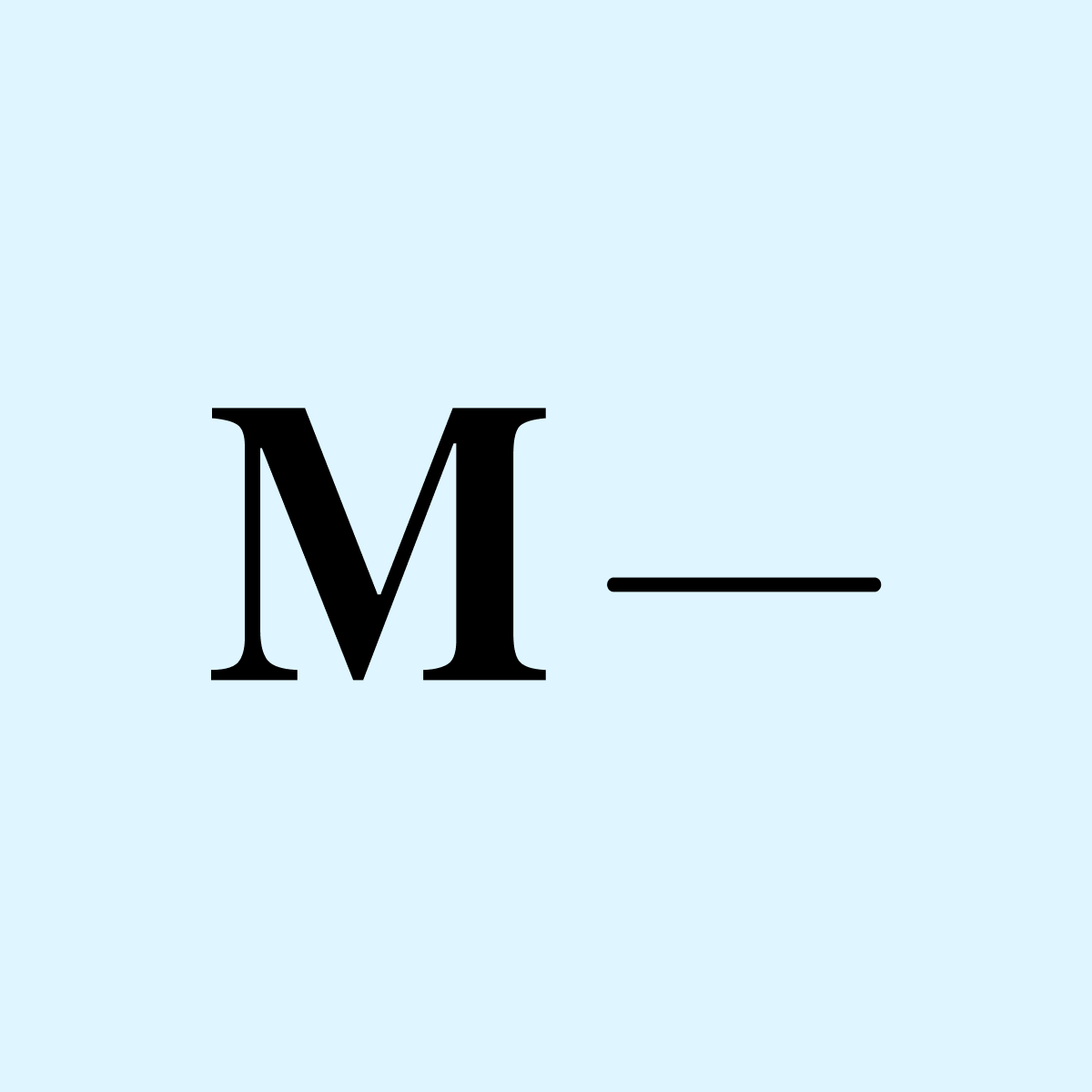
Metro Vein Centers Editorial Team
From vein care 101 to treatments, the Metro Vein Centers blog offers patients everything they need to know about vein health.

Trusted insight from the nationally accredited, board-certified vein doctors at Metro Vein Centers.




